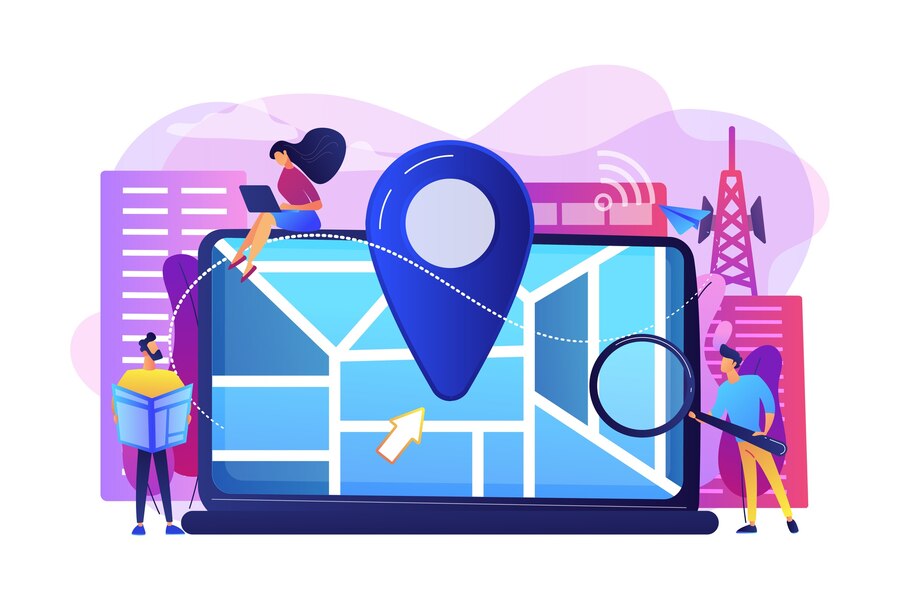Search Engine Optimization (SEO) is a critical component of digital marketing that involves optimizing a website to rank higher in search engine results pages (SERPs). The primary goal of SEO is to increase organic (non-paid) traffic to a website by improving its visibility for relevant keywords.
On-Page
SEO
Keyword Research: Identifying the right keywords that potential customers are using to search for products or services.
Content Optimization: Creating high-quality, relevant content that is optimized for the target keywords.
Meta Tags: Optimizing title tags, meta descriptions, and header tags to improve relevance and click-through rates.
URL Structure: Creating clean, descriptive URLs that include target keywords.
Internal Linking: Linking related pages within the website to improve navigation and help search engines understand the site structure.
Off-Page
SEO
Backlink Building: Acquiring high-quality backlinks from authoritative websites to improve the website’s authority and ranking.
Social Media Engagement: Promoting content on social media platforms to drive traffic and engagement.
Guest Blogging: Writing articles for other websites to earn backlinks and increase exposure.
Influencer Outreach: Collaborating with influencers to create content and acquire backlinks.
Technical
SEO
Website Speed: Ensuring the website loads quickly on all devices.
Mobile-Friendliness: Optimizing the website for mobile users, as mobile-first indexing is prioritized by search engines.
XML Sitemaps: Creating and submitting sitemaps to search engines to help them crawl and index the website.
Robots.txt: Using the robots.txt file to control which parts of the website should be indexed by search engines.
Structured Data: Implementing schema markup to help search engines understand the content better.

Local
SEO
Google My Business: Creating and optimizing a Google My Business profile to improve local search visibility.
Local Citations: Ensuring the business is listed in local directories with consistent Name, Address, and Phone Number (NAP) information.
Reviews Management: Encouraging customers to leave positive reviews on platforms like Google and Yelp.


Analytics
and
Reporting
Monitoring Performance: Using tools like Google Analytics, Google Search Console, and other SEO tools to track the performance of SEO efforts.
Adjusting Strategies: Continuously analyzing the data and making necessary adjustments to the SEO strategy based on the results.
SEO Best Practices
Focus on User Experience
Ensure that the website is easy to navigate, loads quickly, and provides valuable content to users.
Stay Updated
SEO is constantly evolving, so staying updated with the latest algorithm changes and trends is crucial.
Avoid Black Hat SEO
Techniques like keyword stuffing, cloaking, and buying backlinks can lead to penalties from search engines.
